Mozambique: More than 90% of the 315 killed during post-election protests were killed by gunshots - ...
Mozambique elections: CNE announces official results confirming overwhelming Frelimo win – AIM
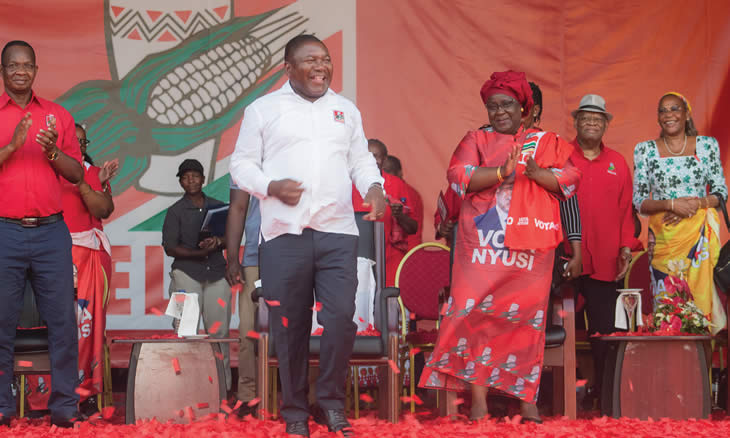
Photo: O País
Mozambique’s National Elections Commission (CNE) on Sunday announced the official results of the general and provincial elections held on 15 October, confirming the forecasts of an overwhelming victory for incumbent President Filipe Nyusi and the ruling Frelimo Party.
Nyusi won 73 per cent of the presidential vote to just 22 per cent for his main rival, Ossufo Momade, leader of the former rebel movement Renamo.
The full result of the presidential election, read out by CNE chairperson Abdul Carimo at a public ceremony in Maputo was:
Filipe Nyusi (Frelimo) 4,507,549 (73 per cent)
Ossufo Momade (Renamo) 1,361,284 (21.88 per cent)
Daviz Simango (MDM) 270,615 (4.38 per cent)
Mario Albino (AMUSI) 45,260 (0.73 per cent)
In the parliamentary election, Frelimo took almost 71 per cent of the vote, and Renamo 23 per cent. The result was:
Frelimo 4,195,072 (70.78 per cent)
Renamo 1,346,009 (22.71 per cent)
MDM 251,347 (4.24 per cent)
The remaining 2.27 per cent of the votes was scattered among 23 minor parties. Of these, AMUSI did best, because of its base in Nampula, and took 0.45 per cent of the vote. Most of the others scored less than 0.1 per cent of the vote.
These minor parties have few members, few votes, no offices, no publications, not even a website. They splutter into existence every five years to claim some of the public money that the Mozambican state generously distributes for election campaigns. Most of them were completely invisible during the campaign.
The result of the parliamentary election is that Frelimo has increased its number of seats in the Mozambican parliament from 144 to 184, giving it the two thirds majority that it would need to amend the country’s constitution.
Renamo’s parliamentary group is slashed from 89 to 60 members, while the MDM has suffered disastrous losses. The size of its parliamentary group is cut from 17 to just six.
The prediction that AMUSI might win a seat in Nampula proved ill-founded. When the CNE distributed the seats using the d’Hondt formula for proportional representation, AMUSI fell short.
In the provincial assembly elections, Frelimo won in all ten provinces, with majorities ranging from 60.33 per cent in Nampula to 95.02 per cent in Gaza. Under the legislation on provincial assemblies passed earlier this year, the person who heads the list of the winning party automatically becomes the provincial governor. Thus all ten provincial governors will be from Frelimo.
ALSO READ: Mozambique: MDM leader denounces elections as “fraudulent” – AIM
Renamo had demanded, as part of the price of the peace accord it signed with the government, a change in the provincial system so that, instead of the governors being appointed by the President, they would be directly elected.
Renamo believed it stood a good chance of winning several provinces, and at the early stages of negotiations with the government the then Renamo leader, the late Afonso Dhlakama, demanded the right to appoint six governors.
But Renamo’s obsession with provincial governors has backfired. As in the past, all the governors are from Frelimo, but now they will be able to claim some democratic legitimacy.
Frelimo’s victory is total. Not only did it win in all the 11 provincial constituencies, but also in all the 154 districts. In only two districts, according to the official figures, was there even a close contest. In the northern port city of Nacala, Frelimo won 49.14 per cent in the provincial assembly election, to 48.29 per cent for Renamo. And in Angonia district, in Tete, Frelimo won 47.96 per cent and Renamo 47.05 per cent.
Carimo put the turnout at the elections at 50.74 per cent, rather lower than the 52 or 53 per cent predicted earlier. In the largest constituencies, turnout was even lower – at 42.91 per cent in Nampula and 42.86 per cent in Zambezia.
The highest turnout was in Gaza, with 63.59 per cent – but this was influenced by impossibly high figures for the northern districts of the province. A turnout of 95.88 per cent is claimed for Chicualacuala, 95.25 per cent in Chigubo, and 95.91 per cent in Massangena.
In an election with national turnout of less than 51 per cent, these figures are, to put it mildly, suspicious. Within these districts there are polling stations with an absurd 100 per cent turnout – which, if true, would mean that, since the voter registration of April/May, no voters died in those places, none were too ill to vote, and none travelled on polling day.
Also for 800 or so people to vote in a northern Gaza polling station, there would have been long queues throughout the day, and these were not observed.
The same phenomenon of polling stations in part of Gaza (and parts of Tete) claiming an impossibly high turnout was seen in previous elections.
In the 2009 election, the CNE took the common sense decision to throw out any polling station with a claimed turnout of over 100 per cent. It is not yet clear whether this CNE has done the same.
Both Renamo and the MDM have dismissed the results as entirely fraudulent, and both parties were absent from the Sunday ceremony.


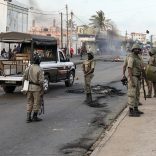
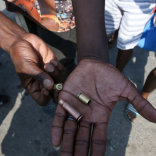



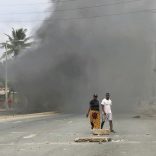


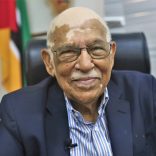

Leave a Reply
Be the First to Comment!
You must be logged in to post a comment.
You must be logged in to post a comment.